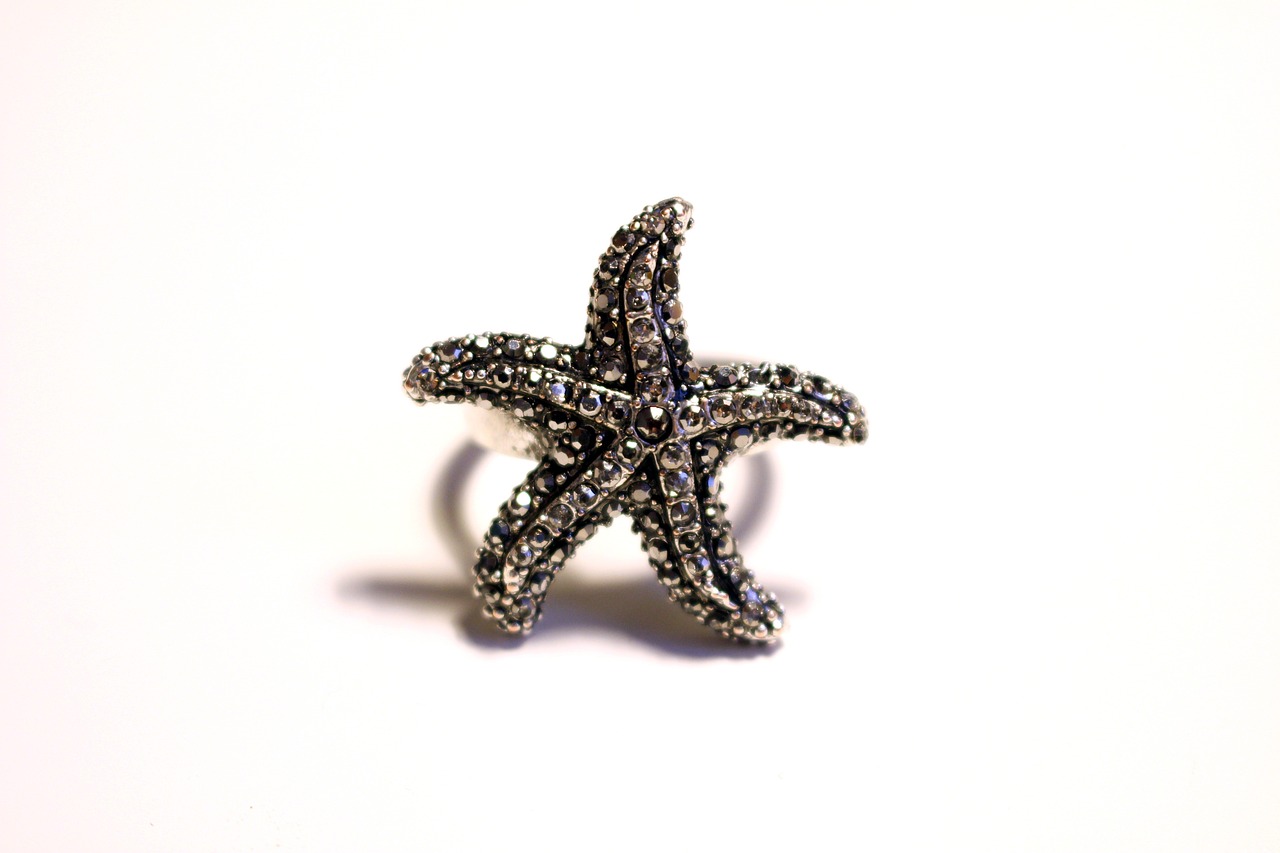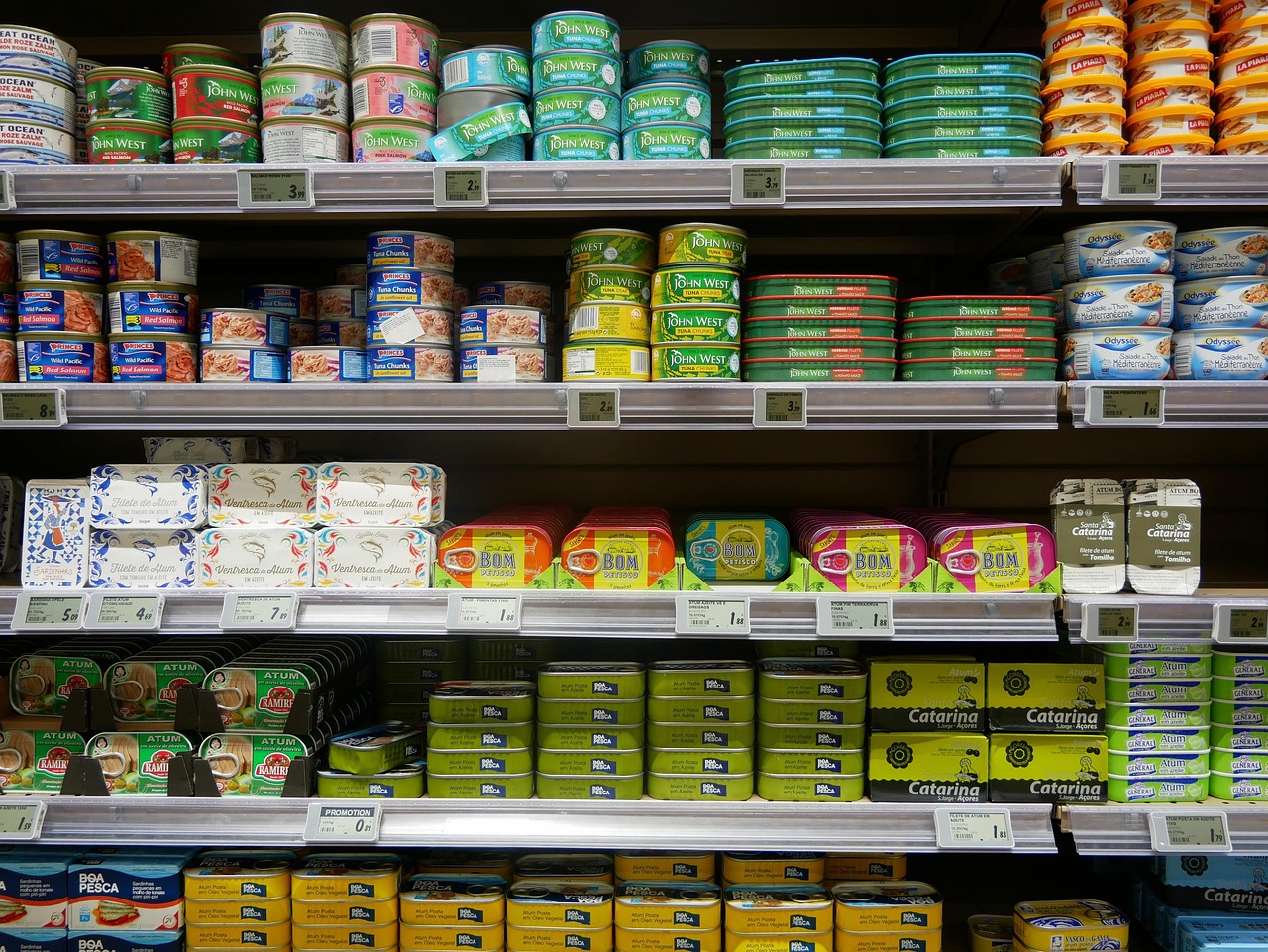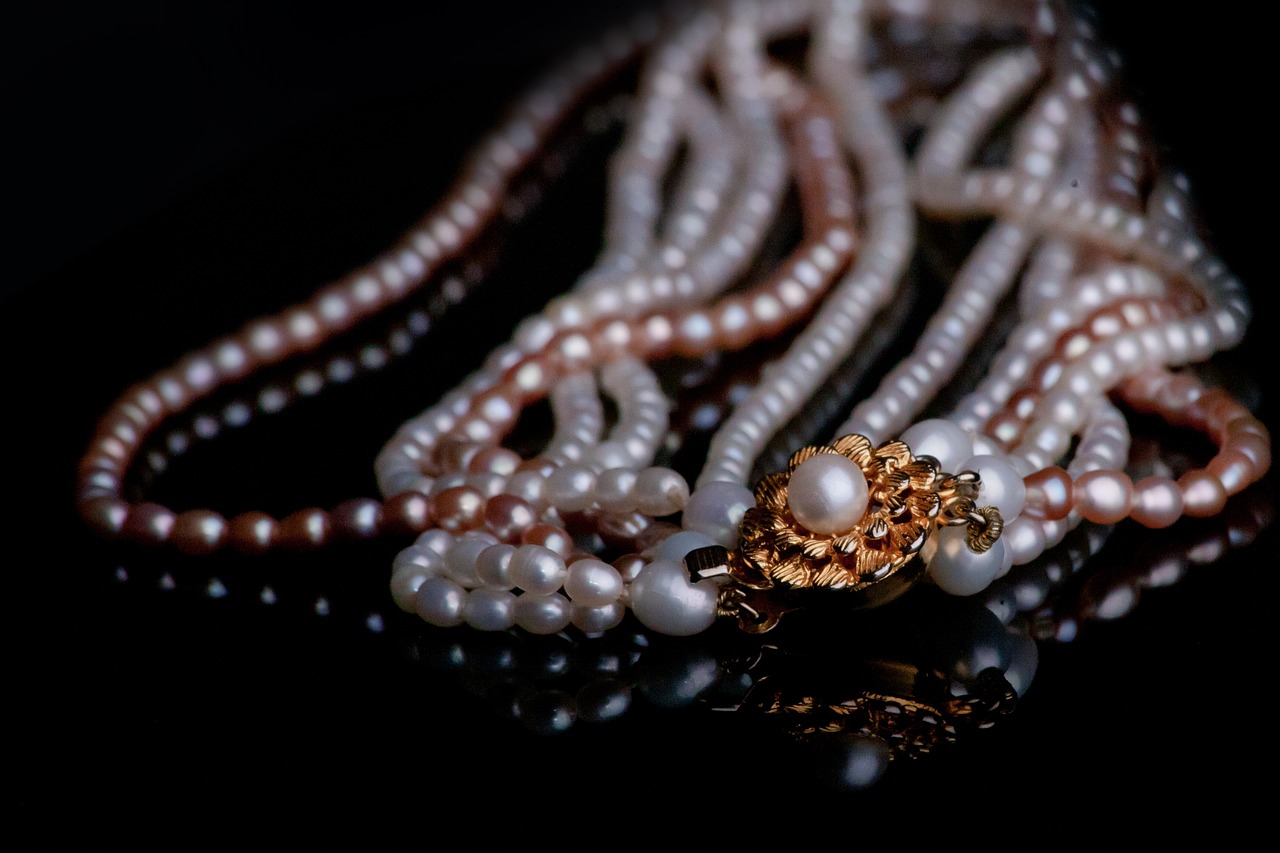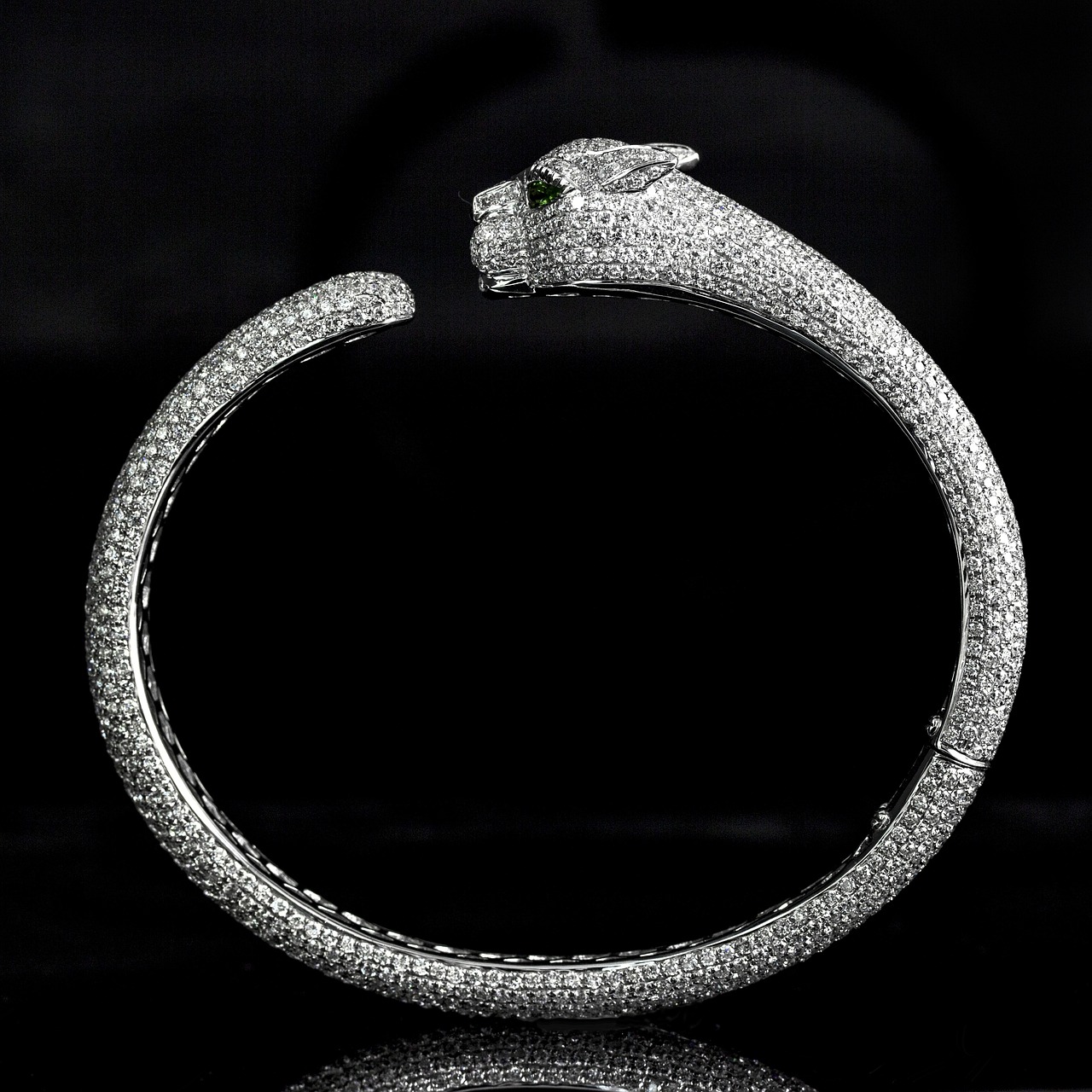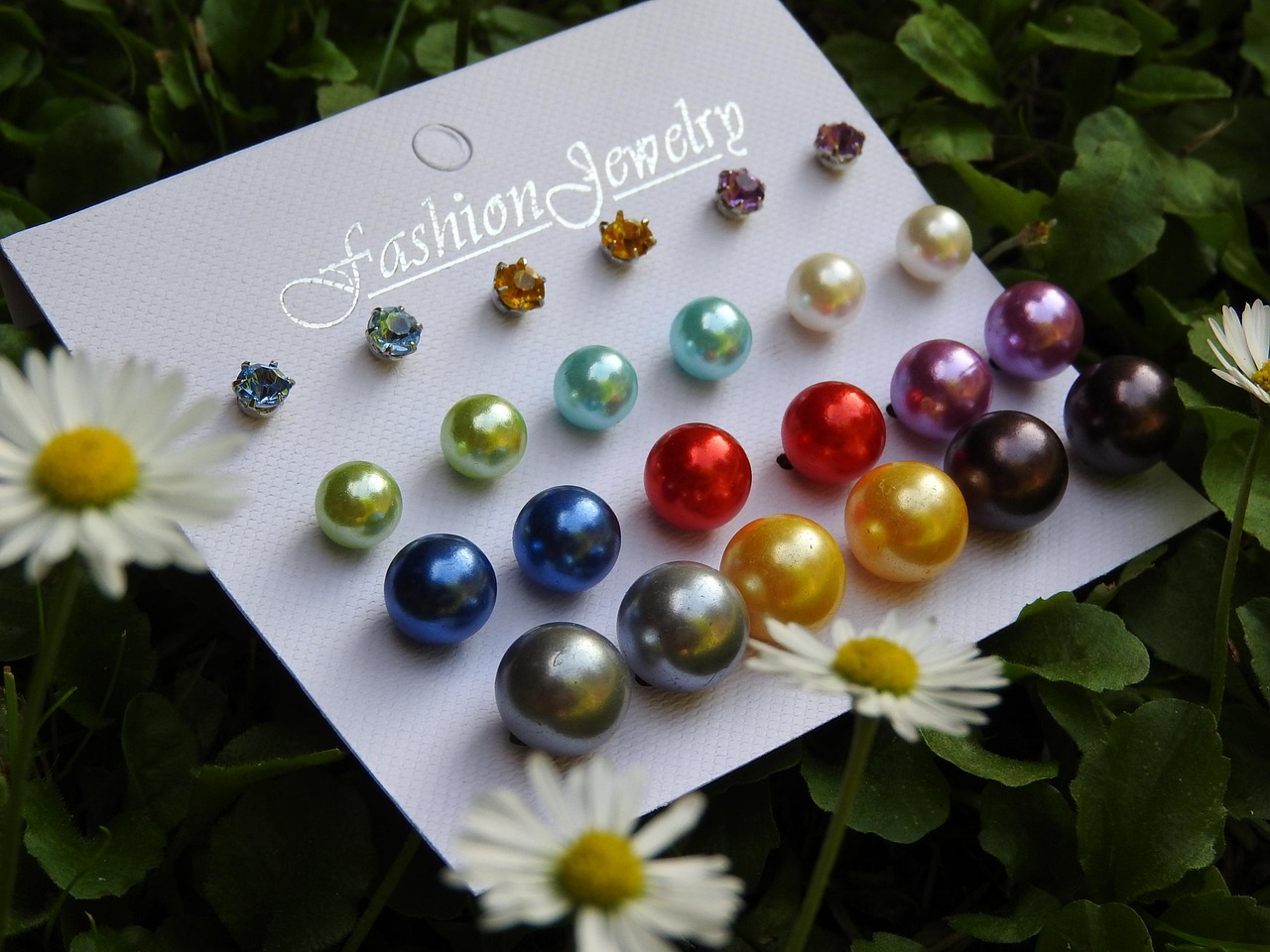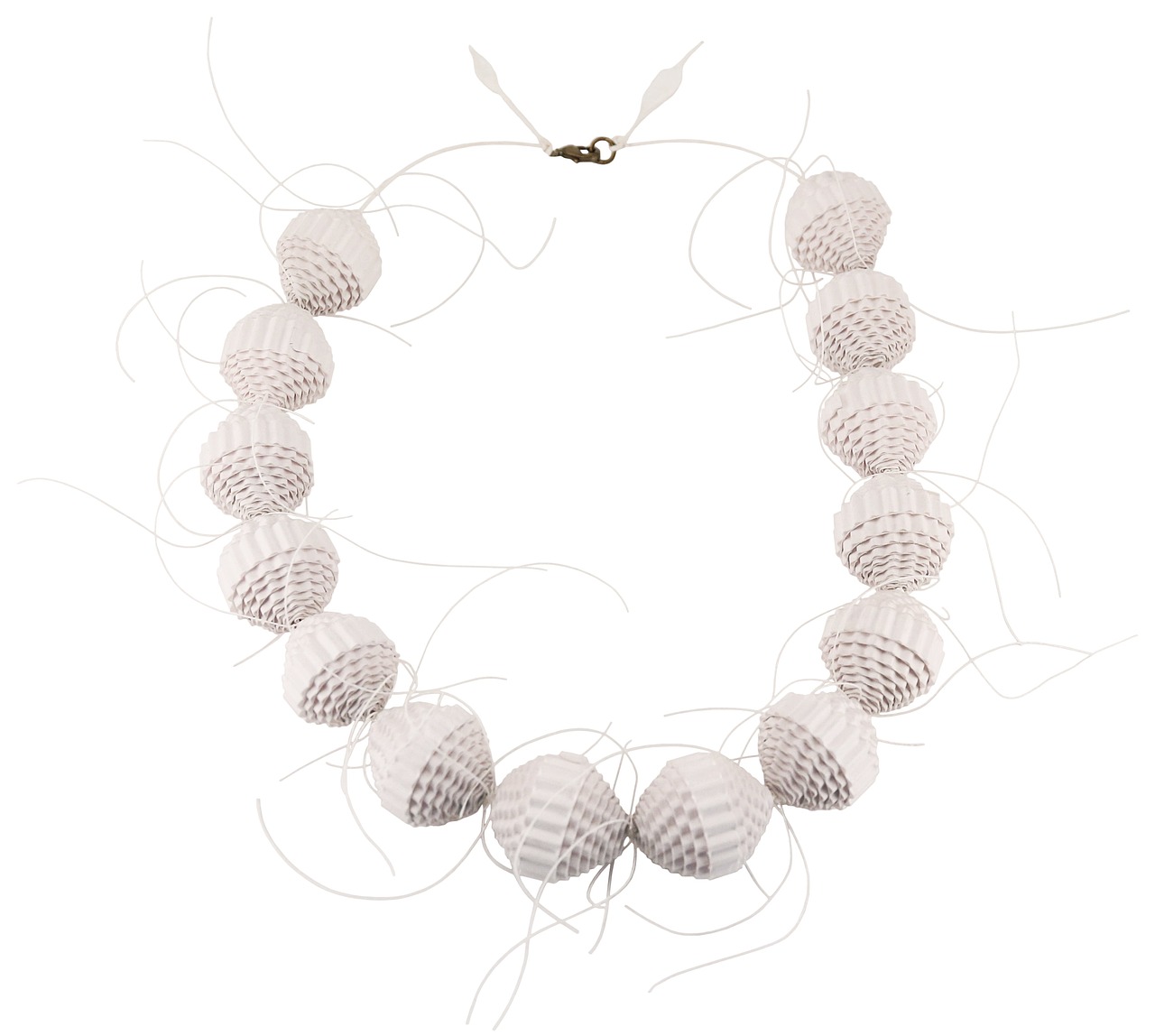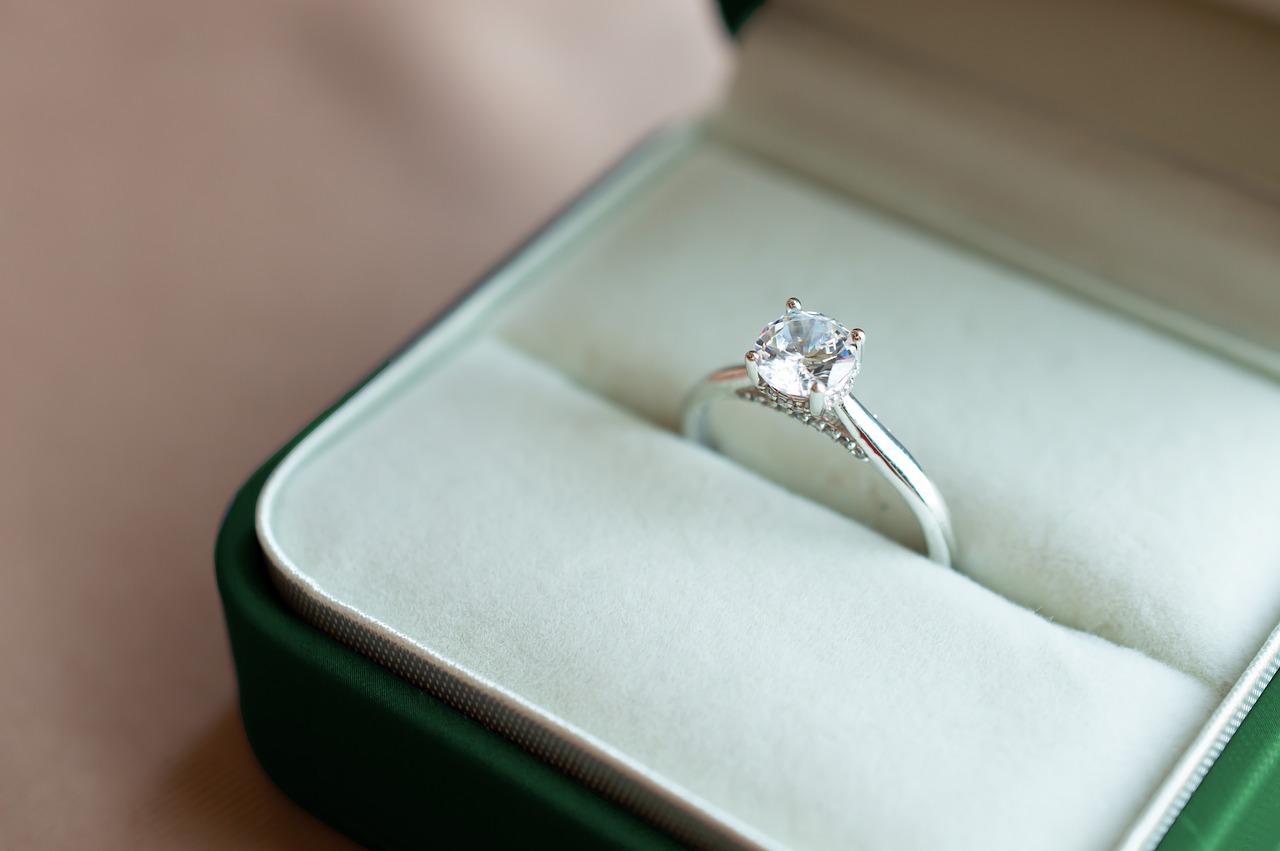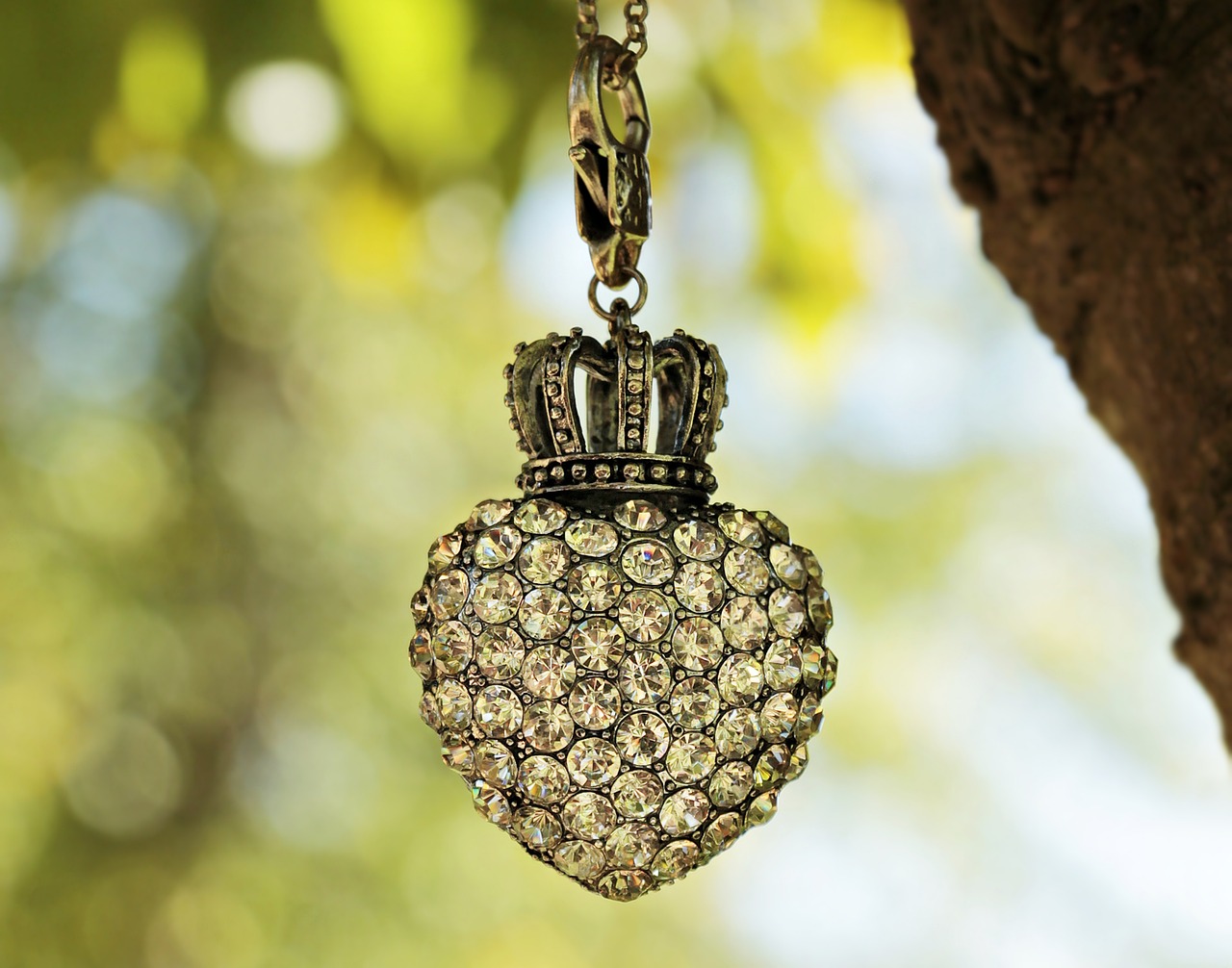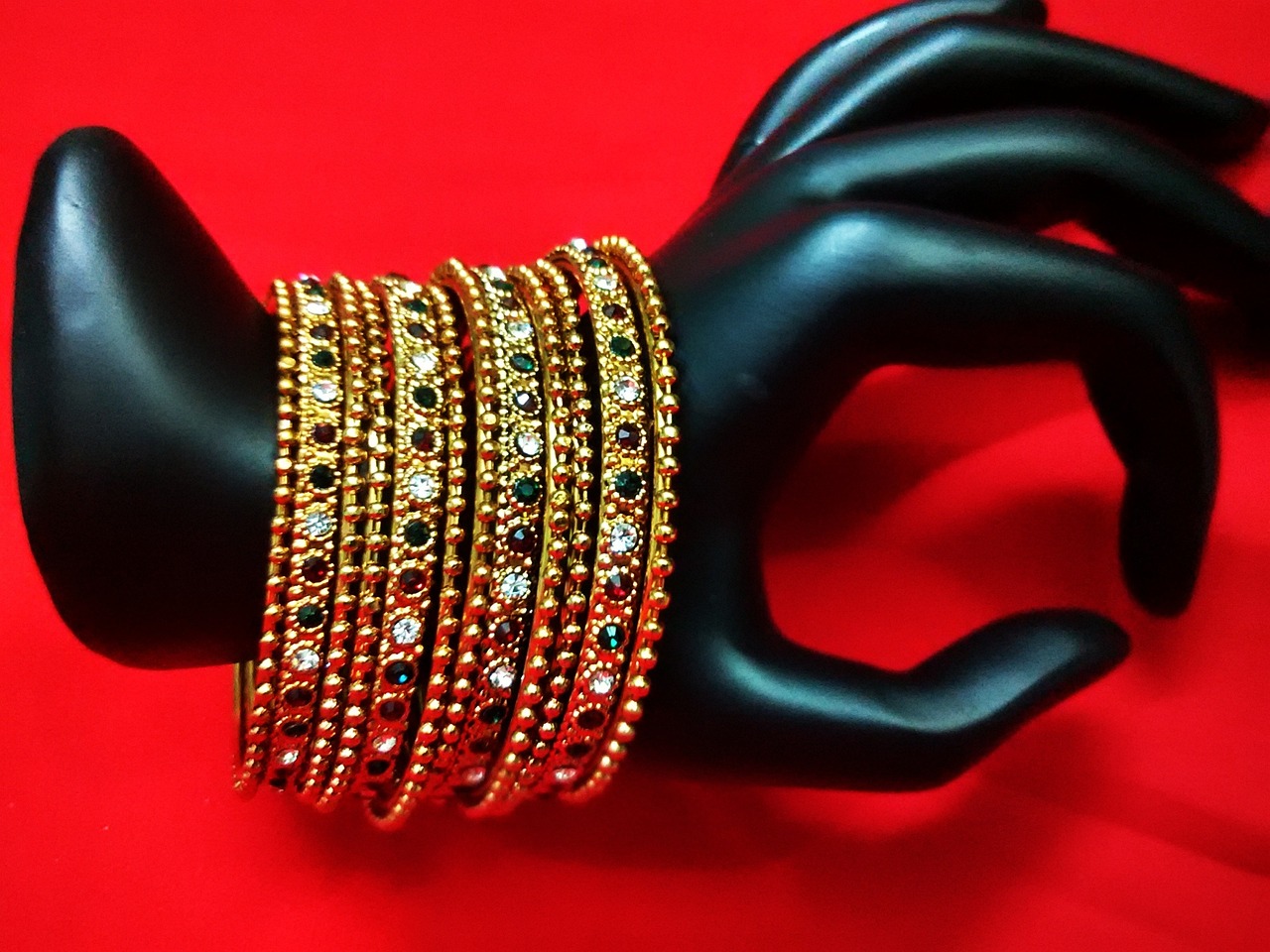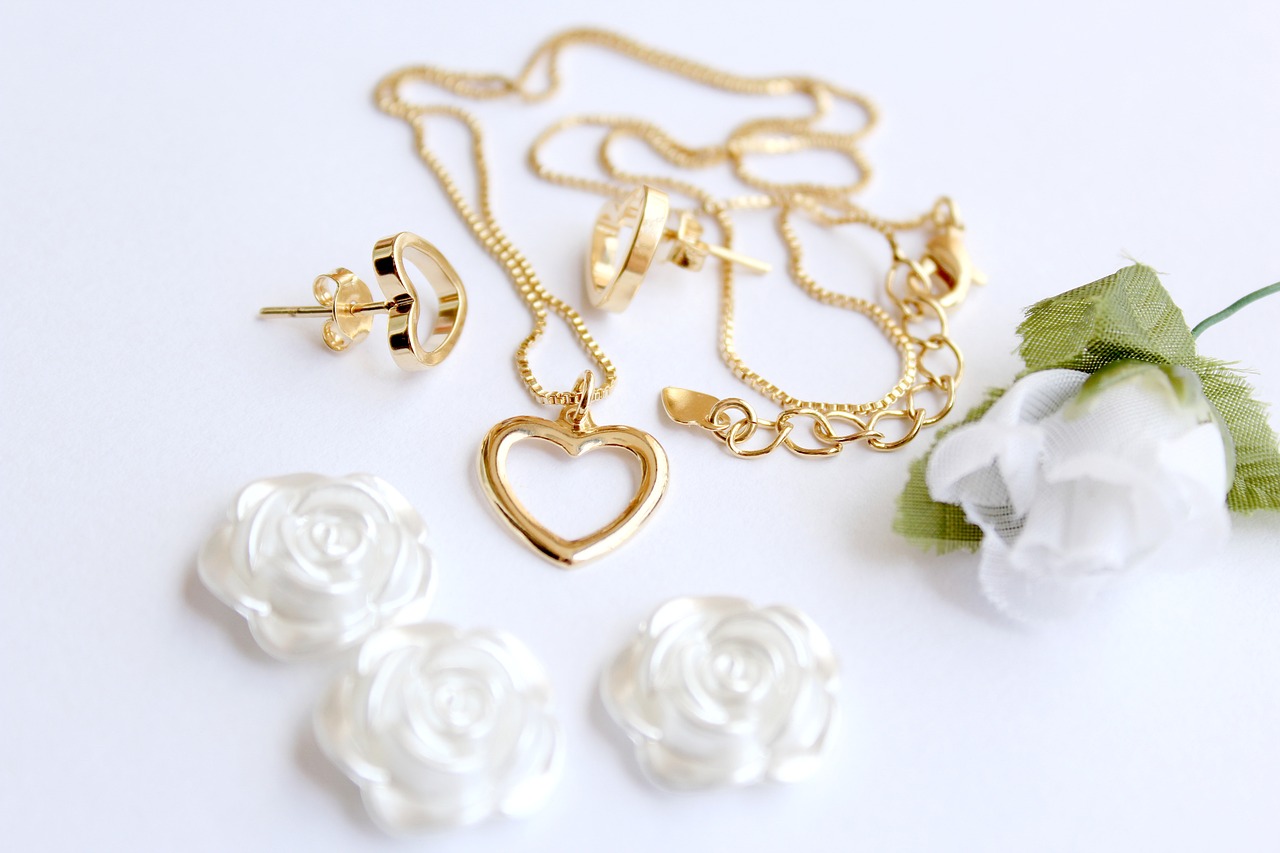Looking for Lab-Grown Diamonds? The jewelry industry is witnessing a significant shift towards lab-grown diamonds, which are not only stunning but also ethically sourced. As consumers become more conscious of the impact of their purchases, the demand for these eco-friendly alternatives continues to rise. In this article, we will explore the best stores in the United States where you can find high-quality lab-grown diamonds for your jewelry needs.
Lab-grown diamonds, also known as synthetic or cultured diamonds, are created using advanced technological processes that mimic the natural formation of diamonds. They possess the same physical, chemical, and optical properties as mined diamonds, making them indistinguishable to the naked eye. This section delves into their composition and characteristics, emphasizing their authenticity and brilliance.
There are several compelling reasons to consider lab-grown diamonds:
- Ethical Sourcing: Unlike mined diamonds, lab-grown diamonds do not contribute to conflict or environmental degradation.
- Affordability: Lab-grown diamonds are typically 20-40% less expensive than their mined counterparts, allowing you to get more value for your money.
- Environmental Sustainability: The process of creating lab-grown diamonds has a significantly lower carbon footprint compared to traditional diamond mining.
When it comes to purchasing lab-grown diamonds, several retailers stand out:
- Brilliant Earth: Known for its commitment to ethical sourcing, Brilliant Earth offers a wide range of lab-grown diamonds and customizable jewelry options.
- James Allen: This online retailer provides a vast selection of lab-grown diamonds with high-resolution images, allowing customers to inspect each diamond closely.
- Clean Origin: Specializing exclusively in lab-grown diamonds, Clean Origin offers a transparent pricing model and a lifetime warranty on their products.
Deciding whether to shop online or in-store for lab-grown diamonds depends on your personal preferences. Online shopping offers convenience and a broader selection, while in-store shopping allows for a tactile experience. Consider your priorities when making this decision.
Choosing the perfect lab-grown diamond involves understanding the 4Cs: cut, color, clarity, and carat weight. Each factor plays a crucial role in determining the diamond’s overall appearance and value:
- Cut: The quality of the cut affects how well the diamond reflects light.
- Color: Lab-grown diamonds come in various colors; the less color, the more valuable the diamond.
- Clarity: Clarity refers to the presence of inclusions or blemishes; higher clarity means a more valuable diamond.
- Carat Weight: This measures the diamond’s size; larger carat weights typically command higher prices.
Lab-grown diamonds are generally more affordable due to lower production costs. Factors influencing pricing include the diamond’s quality, size, and market demand. Understanding these elements can help you make informed purchasing decisions.
Customer feedback is invaluable when choosing a retailer. Many buyers praise the quality and ethical practices of lab-grown diamond stores. Look for reviews on trusted platforms to gauge customer satisfaction and product quality.
To ensure the longevity of your lab-grown diamond jewelry, proper care is essential. Regular cleaning, safe storage, and avoiding harsh chemicals can help maintain their brilliance.
The lab-grown diamond industry is rapidly evolving, with emerging trends such as increased customization options and advancements in technology. As consumer preferences shift, the market is expected to grow significantly, making lab-grown diamonds a staple in the jewelry industry.
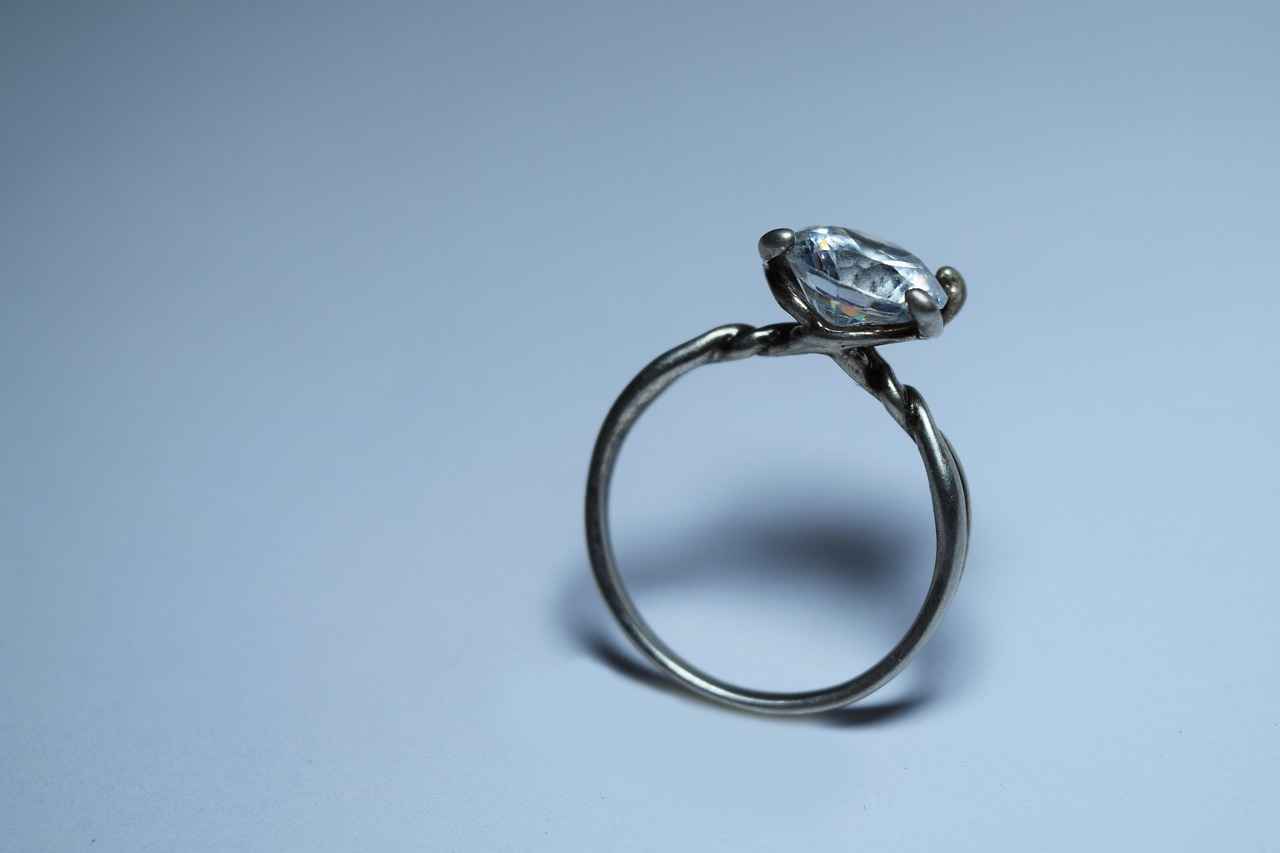
What Are Lab-Grown Diamonds?
Lab-grown diamonds have gained significant popularity in recent years, captivating consumers with their beauty and ethical implications. These diamonds are produced in controlled environments, utilizing advanced technology that mimics the natural processes that create diamonds deep within the Earth. This section delves into the composition, characteristics, and the key differences between lab-grown diamonds and their mined counterparts.
Composition of Lab-Grown Diamonds
Lab-grown diamonds are chemically and physically identical to natural diamonds. Both types are composed of carbon atoms arranged in a crystal structure, which gives them their remarkable hardness and brilliance. The primary methods for creating lab-grown diamonds are High Pressure High Temperature (HPHT) and Chemical Vapor Deposition (CVD). In HPHT, carbon is subjected to extreme heat and pressure, replicating the natural diamond formation process. Conversely, CVD involves breaking down carbon-rich gases to produce diamond layers on a substrate.
Characteristics of Lab-Grown Diamonds
When it comes to characteristics, lab-grown diamonds exhibit the same 4Cs—cut, color, clarity, and carat weight—as mined diamonds. The cut determines how well the diamond reflects light, while color and clarity assess its visual quality. Lab-grown diamonds can be produced in a variety of colors, including pink, blue, and yellow, thanks to the controlled environment in which they are created. Additionally, many lab-grown diamonds are graded higher in clarity than mined diamonds, as they are less likely to contain inclusions or imperfections.
Comparison with Mined Diamonds
One of the most significant differences between lab-grown and mined diamonds is the ethical and environmental impact. Mined diamonds often come with concerns about human rights violations, environmental degradation, and conflict financing. In contrast, lab-grown diamonds are produced with transparency and sustainability in mind, making them a responsible choice for consumers.
Moreover, lab-grown diamonds tend to be more affordable than their mined counterparts, often costing 20-40% less. This price difference is primarily due to the lower production costs and the absence of mining-related expenses. As a result, consumers can acquire a larger or higher-quality lab-grown diamond for the same budget.
Consumer Perception
As awareness of lab-grown diamonds grows, many consumers are shifting their preferences. A survey conducted by the GIA (Gemological Institute of America) revealed that a significant portion of consumers now view lab-grown diamonds as a viable alternative to mined diamonds. This shift is largely driven by the desire for ethical sourcing and the increasing acceptance of lab-grown stones in the jewelry market.
In summary, lab-grown diamonds represent a remarkable innovation in the jewelry industry. By understanding their composition, characteristics, and ethical implications, consumers can make informed decisions that align with their values. As the market continues to evolve, lab-grown diamonds are poised to become a staple in the world of fine jewelry.
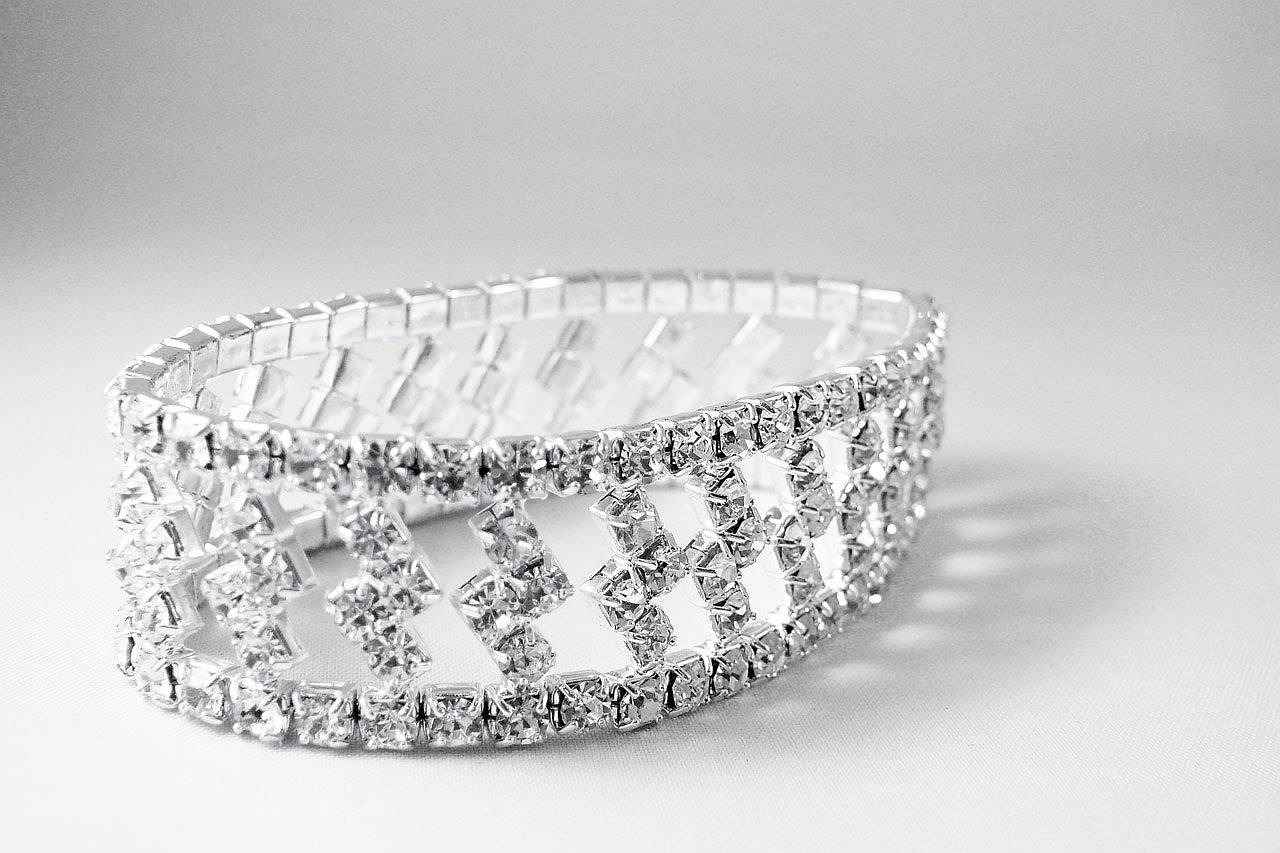
Why Choose Lab-Grown Diamonds?
As consumers become more conscious of their purchasing decisions, the choice between lab-grown diamonds and traditional mined diamonds has gained significant attention. Lab-grown diamonds are not only a modern alternative but also a responsible choice for the environmentally and ethically minded shopper. In this section, we will delve into the myriad reasons why more people are choosing lab-grown diamonds over their mined counterparts.
One of the most compelling reasons to choose lab-grown diamonds is their ethical sourcing. Traditional diamond mining often involves exploitative practices, including child labor and unsafe working conditions. In contrast, lab-grown diamonds are created in controlled environments, ensuring that no human rights violations occur during their production. This transparency allows consumers to wear their diamonds with pride, knowing they are making an ethical choice.
Another significant advantage of lab-grown diamonds is their affordability. Generally, lab-grown diamonds can cost up to 30-40% less than natural diamonds of comparable quality. This price difference allows consumers to purchase larger or higher-quality stones without breaking the bank. For many, this means being able to invest in a more impressive piece of jewelry while still maintaining a budget.
Lab-grown diamonds are also a more sustainable choice for the environmentally conscious. The process of mining natural diamonds is resource-intensive, often leading to significant environmental degradation. Conversely, lab-grown diamonds require fewer natural resources and produce less waste. By choosing lab-grown options, consumers are actively contributing to a reduction in the ecological footprint associated with diamond production.
When it comes to quality, lab-grown diamonds are virtually indistinguishable from mined diamonds. Both types of diamonds possess the same physical, chemical, and optical properties. This means that consumers can enjoy stunning, high-quality diamonds in a variety of cuts, colors, and sizes without sacrificing beauty or brilliance. Lab-grown diamonds are graded using the same criteria as mined diamonds, ensuring that buyers receive a product that meets their expectations.
The growing awareness surrounding lab-grown diamonds has led to an increase in consumer acceptance. As more people educate themselves about the benefits and ethical implications of lab-grown diamonds, the stigma associated with them diminishes. This shift in perception is encouraging retailers to expand their offerings and consumers to consider lab-grown options as not just a substitute, but a preferred choice.
Advancements in technology have made the production of lab-grown diamonds more efficient and accessible. As techniques improve, the quality and variety of lab-grown diamonds continue to evolve, making them an attractive option for a wider audience. This innovation not only enhances the consumer experience but also ensures that lab-grown diamonds remain a competitive choice in the jewelry market.
In summary, the decision to choose lab-grown diamonds is influenced by various factors, including ethical sourcing, affordability, environmental sustainability, and quality. As consumers become more informed, the popularity of lab-grown diamonds continues to rise, paving the way for a new era in the jewelry industry.
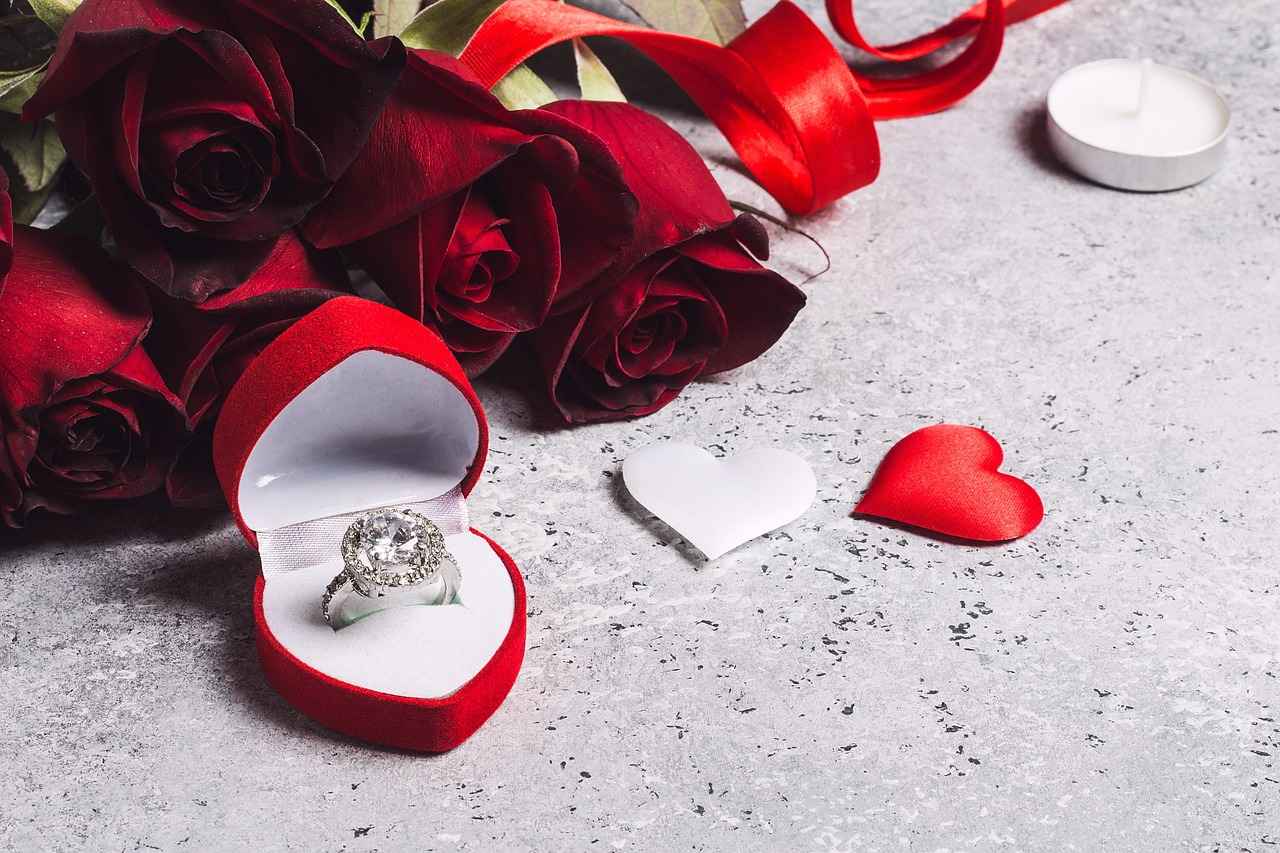
Top Stores for Lab-Grown Diamonds in the U.S.
When it comes to purchasing lab-grown diamonds, consumers are increasingly turning to specialized retailers that offer a variety of options. These stores not only provide high-quality, ethically sourced diamonds but also emphasize unique features that set them apart in a competitive market. Below, we explore some of the top stores in the United States where you can find exquisite lab-grown diamonds.
Brilliant Earth is renowned for its commitment to ethical sourcing and sustainability. They offer a stunning selection of lab-grown diamonds that are conflict-free and environmentally friendly. Customers can choose from various settings and styles, making it easy to find the perfect piece. Their custom design service allows shoppers to create unique jewelry tailored to their preferences.
Known for its extensive online inventory, James Allen features a wide range of lab-grown diamonds at competitive prices. Their interactive 360-degree view technology allows customers to examine diamonds closely before making a purchase. Additionally, they provide a price-match guarantee, ensuring customers receive the best deal possible.
MiaDonna stands out with its mission to create a positive impact on the world. They offer a stunning collection of lab-grown diamonds, alongside a commitment to giving back to communities affected by the diamond industry. Their charitable initiatives and focus on sustainability resonate with socially conscious consumers.
With an emphasis on transparency, Clean Origin offers lab-grown diamonds that are not only beautiful but also affordable. They provide detailed information about each diamond’s characteristics, ensuring customers make informed decisions. Their hassle-free return policy adds an extra layer of confidence for online shoppers.
Vrai focuses on creating stunning lab-grown diamonds using renewable energy, making them a popular choice for eco-conscious consumers. Their diamonds are crafted with precision and artistry, and they offer a unique lifetime warranty on their jewelry, ensuring long-term satisfaction.
Diamond Foundry is known for its innovative approach to diamond creation, using cutting-edge technology to produce high-quality lab-grown diamonds. Their commitment to sustainability and ethical practices makes them a standout choice for consumers who value environmental responsibility.
A well-established name in the jewelry industry, Helzberg Diamonds has embraced the lab-grown diamond trend by offering a diverse selection. Their knowledgeable staff is ready to assist customers in finding the perfect diamond, whether online or in-store. They also provide financing options to make purchasing more accessible.
In summary, these retailers not only offer a variety of lab-grown diamonds but also prioritize ethical practices, sustainability, and customer satisfaction. Whether you prefer shopping online or visiting a physical store, these top stores provide excellent options for finding the perfect lab-grown diamond.
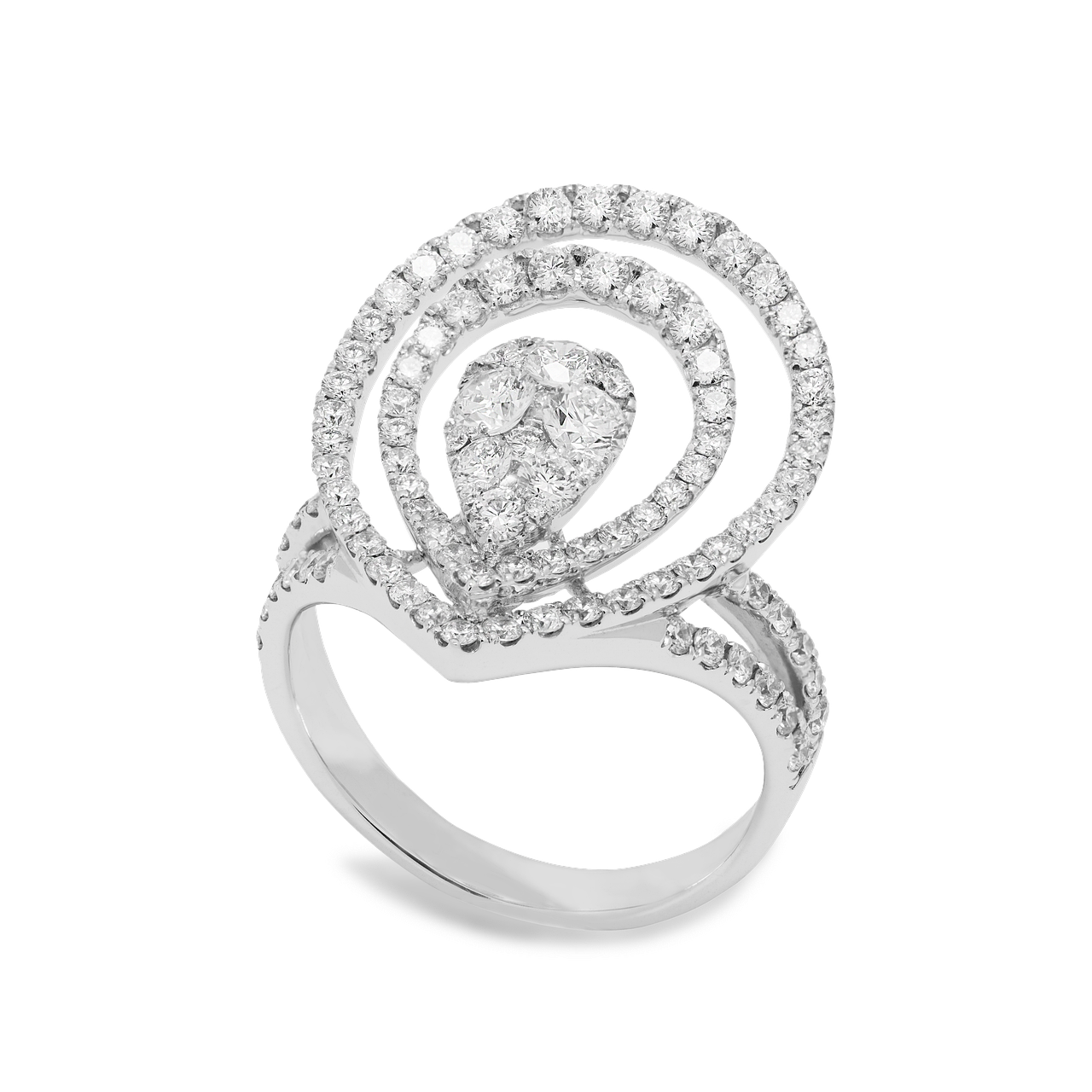
Online vs. In-Store Shopping: Which Is Better?
When it comes to purchasing lab-grown diamonds, consumers are often faced with the choice between shopping online or visiting a physical store. Each method has its own set of advantages and disadvantages, and understanding these can help you make an informed decision that suits your preferences and needs.
- Convenience: Online shopping allows you to browse a vast selection of diamonds from the comfort of your home, eliminating the need for travel.
- Wider Selection: Online retailers often have a more extensive inventory, providing access to various styles, sizes, and prices.
- Price Comparison: It’s easier to compare prices across multiple websites, ensuring you find the best deal.
- Customer Reviews: Online platforms usually feature customer feedback, giving you insights into product quality and retailer reliability.
- Inability to Inspect: You cannot physically examine the diamond, which may lead to uncertainty regarding its appearance and quality.
- Shipping Risks: There’s a risk of damage during shipping, and you may face delays in receiving your purchase.
- Return Complications: Returning a diamond can be more complicated when dealing with online retailers, especially if they have strict return policies.
- Physical Inspection: You can see and touch the diamond, allowing you to assess its quality and brilliance firsthand.
- Personalized Service: In-store shopping often provides the advantage of personalized assistance from knowledgeable staff who can answer your questions.
- Immediate Purchase: You can take your diamond home immediately, without waiting for shipping.
- Limited Selection: Physical stores may have a smaller inventory compared to online retailers, limiting your options.
- Travel Required: You may need to travel to multiple locations to find the right diamond, which can be time-consuming.
- Higher Prices: In-store prices may be higher due to overhead costs associated with maintaining a physical location.
In summary, both online and in-store shopping for lab-grown diamonds offer unique benefits and challenges. If you value convenience and a broader selection, online shopping may be the way to go. However, if you prefer to personally inspect your diamond and receive tailored guidance, visiting a store might be more suitable. Ultimately, your choice should align with your shopping preferences and priorities.

How to Choose the Right Lab-Grown Diamond?
Selecting the right lab-grown diamond can be an exciting yet overwhelming process. With the increasing popularity of these ethically sourced gems, understanding how to evaluate them is crucial. The key to making an informed choice lies in the 4Cs: cut, color, clarity, and carat weight. This guide will help you navigate these factors to find the perfect diamond for your needs.
The cut refers to how well the diamond has been shaped and faceted. It significantly impacts the diamond’s brilliance and sparkle. A well-cut diamond reflects light beautifully, enhancing its visual appeal. When assessing cut, consider the following:
- Proportions: The angles and dimensions of the diamond affect its light performance.
- Symmetry: Evenness in the diamond’s facets contributes to its overall beauty.
- Polish: A smooth surface ensures maximum light reflection.
The color of a diamond ranges from colorless to light yellow or brown. The less color a diamond has, the higher its value. When evaluating color, consider:
- Grading Scale: Diamonds are graded from D (colorless) to Z (light yellow). Aim for D to F for the best quality.
- Setting Consideration: The metal setting can influence how the diamond’s color appears, so choose wisely.
Clarity refers to the presence of internal or external imperfections, known as inclusions and blemishes. A diamond with higher clarity will have fewer visible flaws. When assessing clarity, keep these points in mind:
- Grading Scale: Clarity is graded from Flawless (no inclusions visible under 10x magnification) to Included (inclusions visible to the naked eye).
- Visual Impact: Consider how inclusions might affect the diamond’s appearance when viewed from different angles.
Carat weight measures the size of the diamond. One carat equals 200 milligrams. While larger diamonds are often more desirable, consider the following factors:
- Visual Size: Two diamonds of the same carat weight can appear different in size based on cut and shape.
- Budget: Larger diamonds typically come at a higher price; balance size with your budget.
In conclusion, understanding the 4Cs—cut, color, clarity, and carat weight—will empower you to choose the right lab-grown diamond. Each factor plays a critical role in the overall quality and appearance of the diamond. Take your time, do your research, and consult with reputable jewelers to ensure you make a choice that you will cherish for years to come.

Understanding the Pricing of Lab-Grown Diamonds
When it comes to purchasing diamonds, the pricing structure can often be overwhelming. However, lab-grown diamonds present a more affordable alternative to their mined counterparts. This section will delve into the various factors that influence the cost of lab-grown diamonds, making it easier for consumers to understand their value.
One of the primary reasons lab-grown diamonds are generally cheaper is due to their production process. Unlike mined diamonds, which require extensive labor and resources to extract from the earth, lab-grown diamonds are created in controlled environments. This significantly reduces the overhead costs associated with mining.
- Quality of the Diamond: The 4Cs—cut, color, clarity, and carat weight—are essential criteria that determine the price of a diamond. Higher quality in these categories generally leads to a higher price.
- Brand Reputation: Well-known brands may charge a premium for their lab-grown diamonds due to their reputation and customer service.
- Market Demand: As the popularity of lab-grown diamonds increases, so does the demand. High demand can sometimes lead to increased prices, although they remain lower than mined diamonds.
- Technology and Production Costs: Advances in technology can lead to more efficient production methods, which may lower costs over time.
On average, lab-grown diamonds can be priced 20-40% lower than mined diamonds of similar quality. This price difference can be attributed to the lower operational costs involved in creating lab-grown diamonds. For example, a one-carat lab-grown diamond can range from $1,000 to $3,000, while a comparable mined diamond may cost between $4,000 and $6,000.
Many retailers specialize in lab-grown diamonds, offering a range of prices and options. Online platforms often provide competitive pricing due to lower overhead costs, while physical stores may offer personalized services. Here are some tips for finding the best prices:
- Compare prices across multiple retailers.
- Look for seasonal sales or promotions.
- Consider purchasing directly from manufacturers to eliminate middlemen.
While the price is an essential factor, understanding the value of lab-grown diamonds is equally important. These diamonds are ethically sourced, environmentally friendly, and offer the same physical and chemical properties as mined diamonds. This value proposition makes them an attractive option for many consumers.
In conclusion, lab-grown diamonds present a cost-effective and ethical choice for consumers. By understanding the factors that influence their pricing, shoppers can make informed decisions that align with their values and budget.
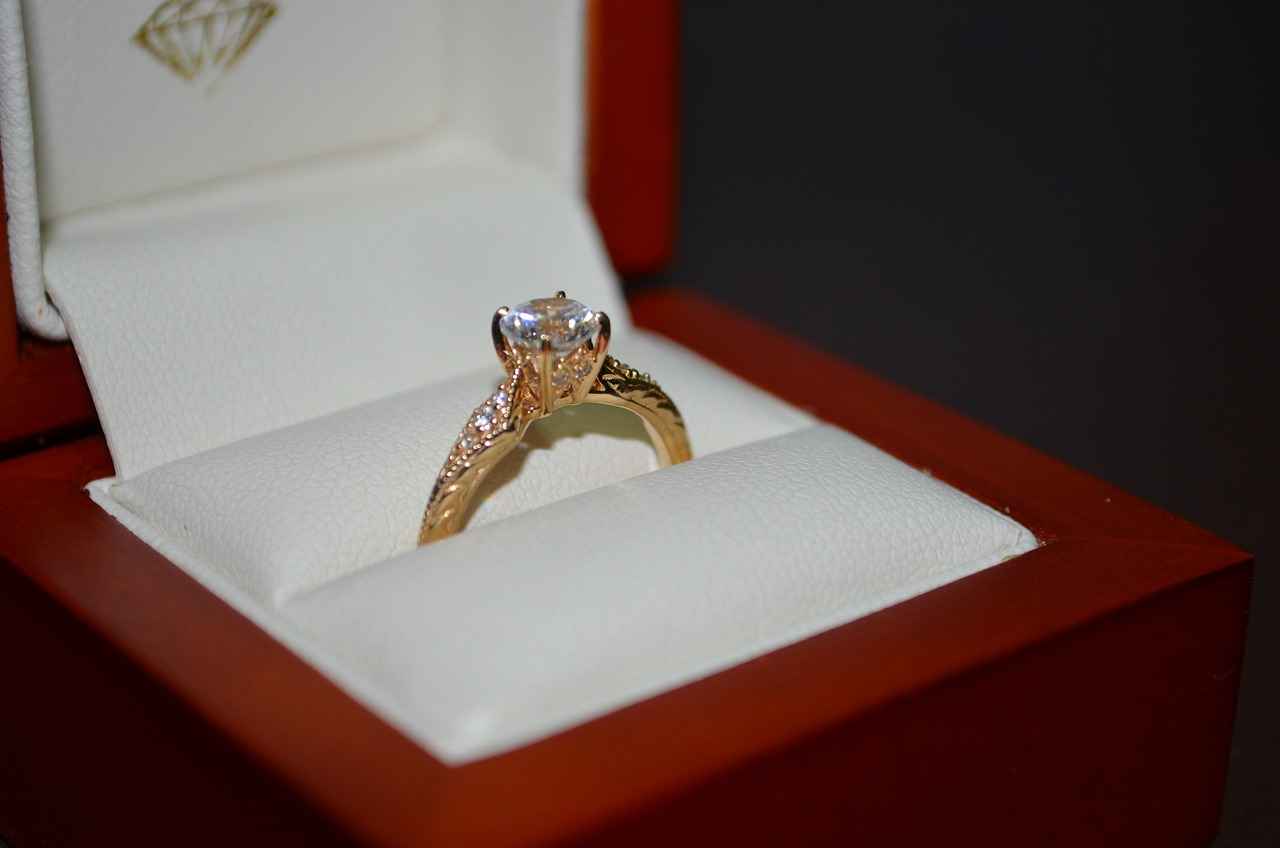
Customer Reviews: What Are People Saying?
Customer feedback plays a crucial role in understanding the overall experience and satisfaction levels associated with lab-grown diamond retailers. As more consumers turn to these ethically sourced gems, the importance of reviews and ratings has never been greater. This section delves into the insights gathered from various platforms, offering a comprehensive overview of what customers are saying about their purchases.
Why Customer Reviews Matter
Reviews provide potential buyers with valuable insights into the quality of products, customer service, and the overall shopping experience. They can highlight strengths and weaknesses that may not be immediately evident. For instance, a retailer with consistently high ratings may indicate a strong commitment to customer satisfaction, while negative reviews can serve as a warning sign.
Where to Find Customer Reviews
- Retailer Websites: Many lab-grown diamond retailers feature customer testimonials directly on their sites, showcasing positive experiences.
- Social Media: Platforms like Instagram and Facebook often have user-generated content where customers share their purchases and experiences.
- Review Sites: Websites such as Trustpilot and Yelp aggregate customer reviews, providing an unbiased view of different retailers.
Common Themes in Customer Feedback
After analyzing numerous reviews, several key themes emerge:
- Quality of Diamonds: Many customers express satisfaction with the brilliance and clarity of lab-grown diamonds, often comparing them favorably to their mined counterparts.
- Customer Service: Positive reviews frequently mention helpful and knowledgeable staff, which enhances the shopping experience.
- Pricing: Customers appreciate the affordability of lab-grown diamonds, often noting that they received better value compared to traditional diamonds.
- Shipping and Delivery: Timely delivery and well-packaged products contribute to positive customer experiences.
Potential Drawbacks
While many reviews are positive, it’s essential to acknowledge the criticisms as well. Some customers report issues such as:
- Misleading Information: A few reviews indicate that customers felt misled regarding the diamond’s specifications.
- Return Policies: Some buyers have expressed frustration with complicated return processes or delays in refunds.
Conclusion
In summary, customer reviews serve as an essential tool for prospective buyers of lab-grown diamonds. They not only provide insights into the quality and service of retailers but also help consumers make informed decisions. By paying attention to both positive and negative feedback, shoppers can better navigate the growing market of lab-grown diamonds, ensuring a satisfying purchase experience.
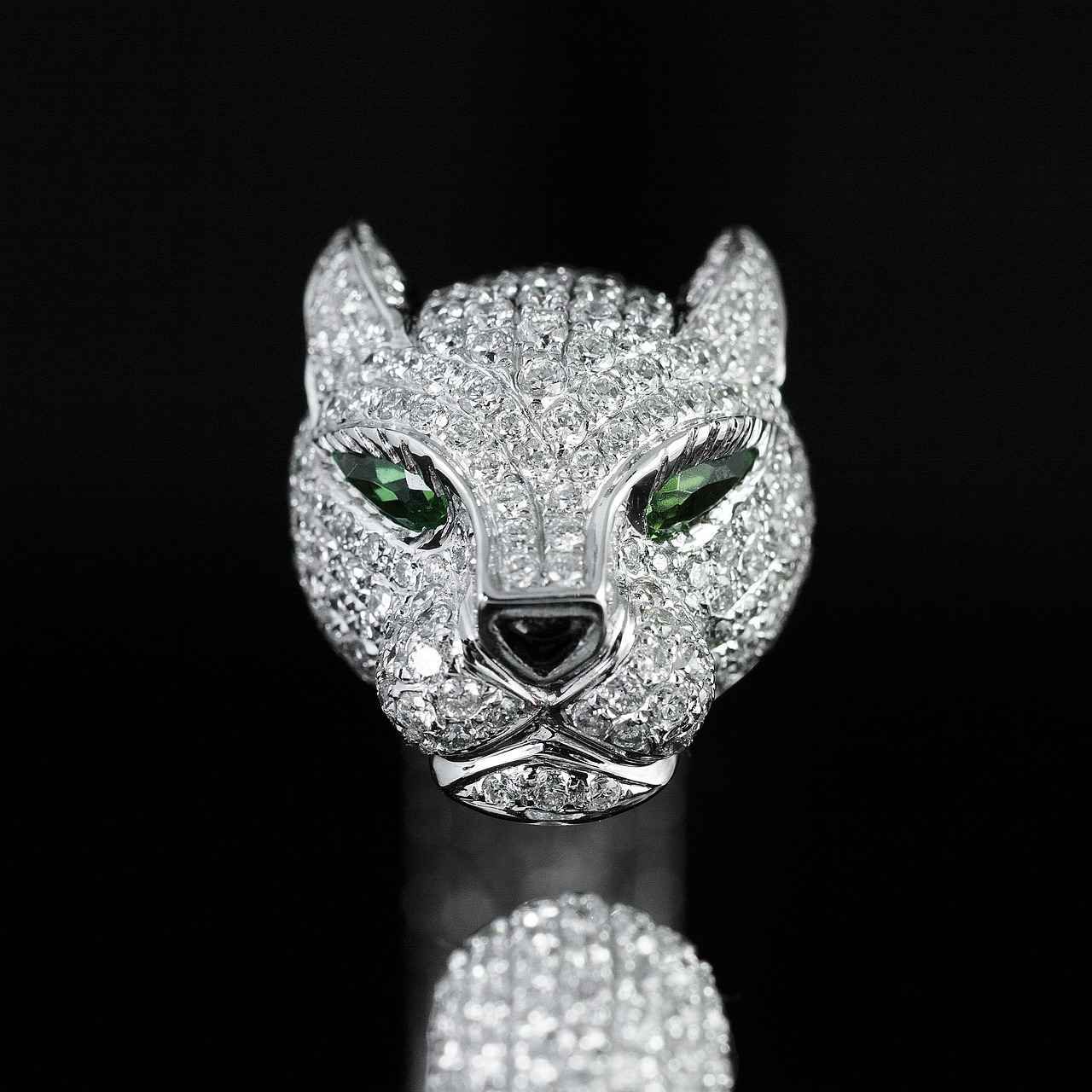
Care and Maintenance of Lab-Grown Diamonds
When it comes to lab-grown diamond jewelry, proper care is essential for ensuring its longevity and maintaining its brilliant sparkle. With the right techniques for cleaning, storing, and maintaining your diamonds, you can keep them looking as stunning as the day you bought them. Here are some practical tips to help you care for your precious gems.
Cleaning your lab-grown diamonds is crucial for removing dirt and oils that can dull their shine. Here are some effective methods:
- Soap and Water Solution: Mix a few drops of mild dish soap with warm water. Soak your jewelry for about 20-30 minutes, then gently scrub with a soft-bristle toothbrush.
- Ultrasonic Cleaners: These devices use high-frequency sound waves to create tiny bubbles that clean your diamonds effectively. However, ensure your jewelry is safe for ultrasonic cleaning.
- Professional Cleaning: For a thorough clean, consider taking your jewelry to a professional jeweler who can provide a deep clean and check for any damage.
Storing your diamonds correctly is just as important as cleaning them. Here are some storage tips:
- Separate Storage: Always store your lab-grown diamonds separately to avoid scratches. Use a soft pouch or a dedicated jewelry box with individual compartments.
- Avoid Extreme Conditions: Keep your diamonds away from extreme temperatures and humidity. A stable environment is essential for preserving their quality.
- Regular Inspections: Periodically check your jewelry for loose stones or signs of wear. Catching issues early can prevent further damage.
In addition to cleaning and storing, regular maintenance is key to keeping your lab-grown diamonds in top condition. Here are some tips:
- Avoid Harsh Chemicals: Chemicals found in household cleaners can damage the settings and dull the shine of your diamonds. Always remove your jewelry before using such products.
- Limit Exposure to Hard Surfaces: Be mindful of where you wear your jewelry. Avoid activities that could lead to impacts, such as sports or heavy lifting.
- Professional Maintenance: Schedule regular visits to a jeweler for maintenance checks. They can clean, polish, and ensure your diamonds are secure in their settings.
By following these care and maintenance tips, you can ensure that your lab-grown diamond jewelry remains as radiant as ever. Remember, a little attention goes a long way in preserving the beauty and integrity of your cherished pieces.
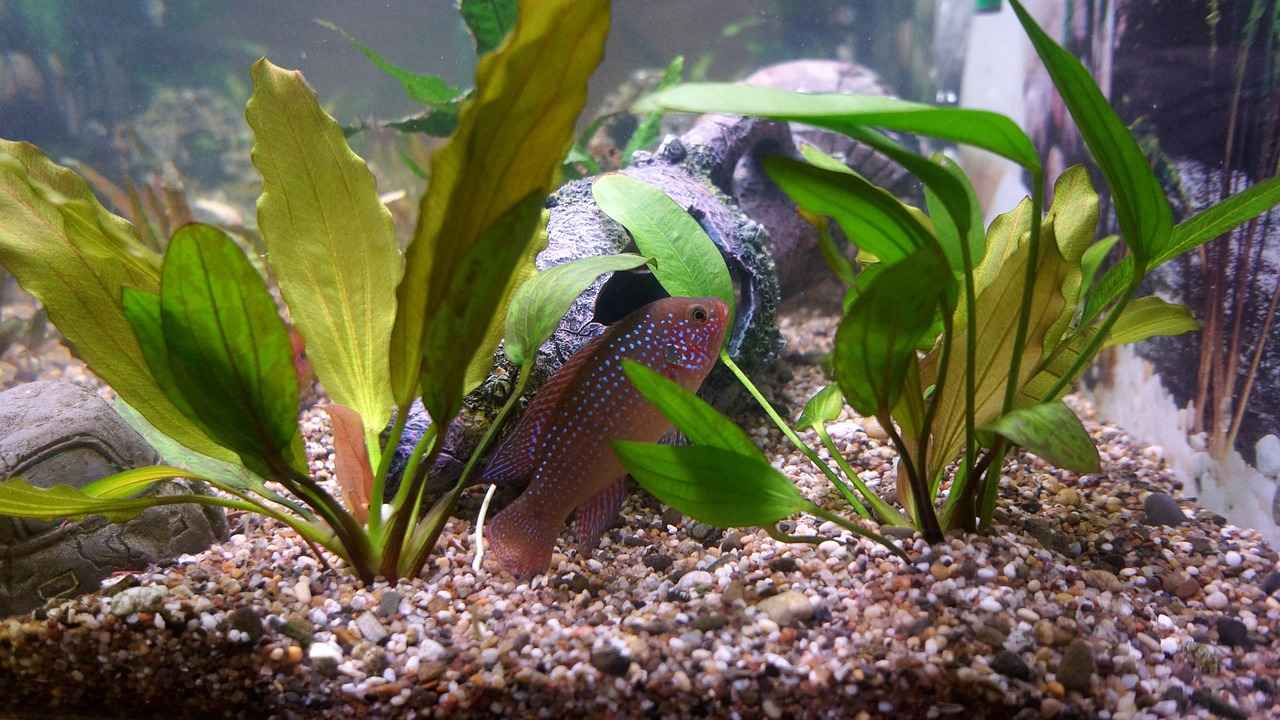
Future Trends: The Lab-Grown Diamond Market
The lab-grown diamond market is witnessing a significant transformation as consumer preferences shift towards more sustainable and ethical options. This section delves into the future trends shaping this industry, highlighting key technological advancements, market predictions, and the evolving consumer landscape.
One of the most notable trends is the increasing acceptance of lab-grown diamonds among consumers. As awareness grows regarding the ethical implications of mined diamonds, more shoppers are opting for lab-created alternatives. This shift is not just a passing fad; it reflects a deeper understanding of sustainability and responsible sourcing.
Technological innovation plays a crucial role in the lab-grown diamond sector. Advanced techniques such as CVD (Chemical Vapor Deposition) and HPHT (High Pressure High Temperature) are making it possible to produce diamonds that are nearly indistinguishable from their natural counterparts. These methods not only enhance the quality of the diamonds but also reduce production costs, making them more accessible to consumers.
Industry experts predict that the lab-grown diamond market will continue to expand significantly over the next decade. By 2030, it is expected that lab-grown diamonds will capture a substantial share of the overall diamond market. Factors contributing to this growth include:
- Increased consumer education: As consumers become more informed about the benefits of lab-grown diamonds, demand will likely rise.
- Affordability: Lab-grown diamonds typically cost 20-40% less than mined diamonds, making them an attractive option for budget-conscious consumers.
- Retailer adoption: More jewelers are beginning to offer lab-grown options, expanding availability and variety.
Sustainability is at the forefront of the lab-grown diamond movement. As environmental concerns become increasingly pressing, consumers are seeking out products that align with their values. Lab-grown diamonds offer a guilt-free alternative, as they are produced with minimal environmental impact compared to traditional mining practices.
The future of the lab-grown diamond market will also be shaped by changing consumer preferences. Younger generations, particularly Millennials and Gen Z, prioritize ethical consumption. They are more inclined to choose products that reflect their values, which includes opting for lab-grown diamonds over mined ones. This demographic shift is expected to drive innovation and diversification within the market.
Despite the positive outlook, the lab-grown diamond industry faces several challenges. The perception of lab-grown diamonds as being less valuable than natural diamonds persists among some consumers. Additionally, the market must navigate issues related to branding and differentiation to avoid being perceived as merely a cheaper alternative.
As the lab-grown diamond industry continues to evolve, it stands at the intersection of technology, sustainability, and consumer demand. With ongoing advancements and a growing market presence, lab-grown diamonds are poised to redefine the diamond industry. Consumers can look forward to a future where ethical and beautiful diamonds become the norm rather than the exception.
Frequently Asked Questions
- What are lab-grown diamonds made of?
Lab-grown diamonds are composed of the same carbon atoms as natural diamonds. They are created in controlled environments that replicate the natural diamond formation process, resulting in gems that are chemically and physically identical to mined diamonds.
- Are lab-grown diamonds ethically sourced?
Absolutely! One of the biggest advantages of lab-grown diamonds is their ethical sourcing. Since they are created in a lab, they eliminate the concerns associated with conflict diamonds and ensure a more sustainable and responsible production process.
- How do lab-grown diamonds compare to mined diamonds?
Lab-grown diamonds and mined diamonds are virtually indistinguishable to the naked eye. They share the same physical properties and brilliance. However, lab-grown diamonds are typically more affordable and come with a lower environmental impact.
- Can I find lab-grown diamonds in stores?
Yes, many retailers now specialize in lab-grown diamonds. You can find them in both online and physical stores across the United States, offering a variety of styles and options to suit your taste.
- What factors affect the pricing of lab-grown diamonds?
Pricing for lab-grown diamonds is influenced by factors such as the 4Cs: cut, color, clarity, and carat weight. Generally, they are more affordable than mined diamonds due to lower production costs and the absence of mining expenses.
